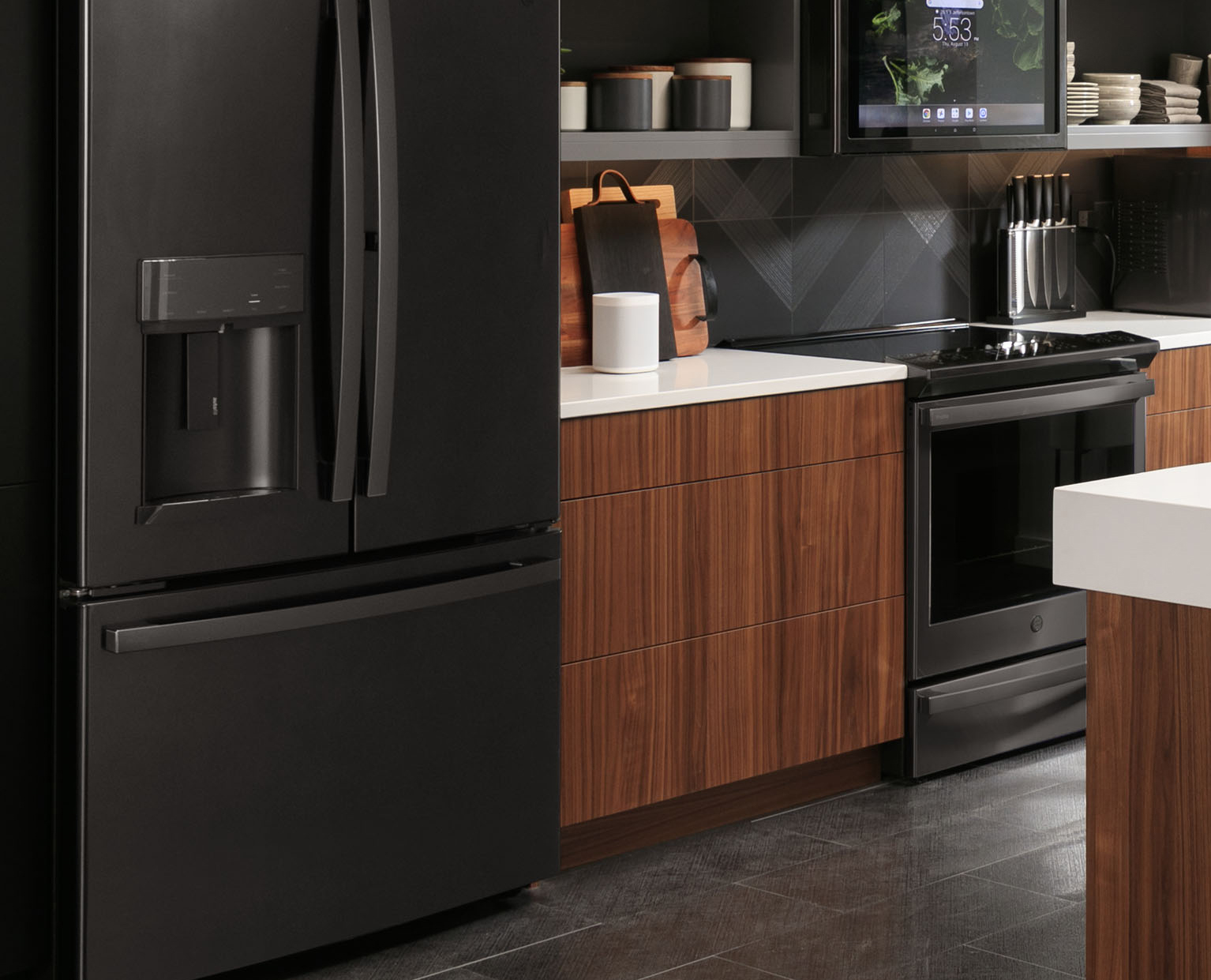Article

There needs to be a level of cyber-security awareness regarding the design and maintenance of building-automation systems
Finns chilling as DDoS knocks out building control system | The Register
My Comments
Two apartment buildings in Finland became victims of distributed denial-of-service attacks which nobbled their building-management systems. This caused the buildings’ central heating and domestic hot water systems to enter a “safety shutdown” mode because the remote management systems were in an endless loop of rebooting and both these systems couldn’t communicate to each other. The residents ended up living in cold apartments and having cold showers because of this failure.
What is being realised is that, as part of the Internet Of Things, building-management equipment is being seen to be vulnerable, due to factors like the poor software maintenance and an attitude against hardening these systems against cyber-attacks. Then there is the issue of what level of degraded-but-safe functionality should exist for these systems if they don’t communicate to a remote management computer. This also includes the ability for the systems themselves to pass alarm information to whoever is in charge.
This situation has called out data-security issues with design and implementation of dedicated-purpose “backbone devices” connected to the Internet; along with the data-security and service-continuity risks associated with cloud-based computing. It is also an issue that is often raised with essential services like electricity, gas and water services or road-traffic management being managed by Internet-connected computers with these computers being vulnerable to cyberattack.
One of the issues raised included the use of firewalls that run up-to-date software and configurations to protect these systems from cyberattack.
I would also look at a level of fail-safe operation for building management systems that can be implemented if the Internet link to remote management computers dies; along with the ability to use cellular-telephony SMS or similar technology to send alarm messages to building management during a link-fail condition. The fail-safe mode could be set up for a goal of “safe, secure, comfortable” quasi-normal operation if the building-local system identifies itself as operating in a safe manner.


